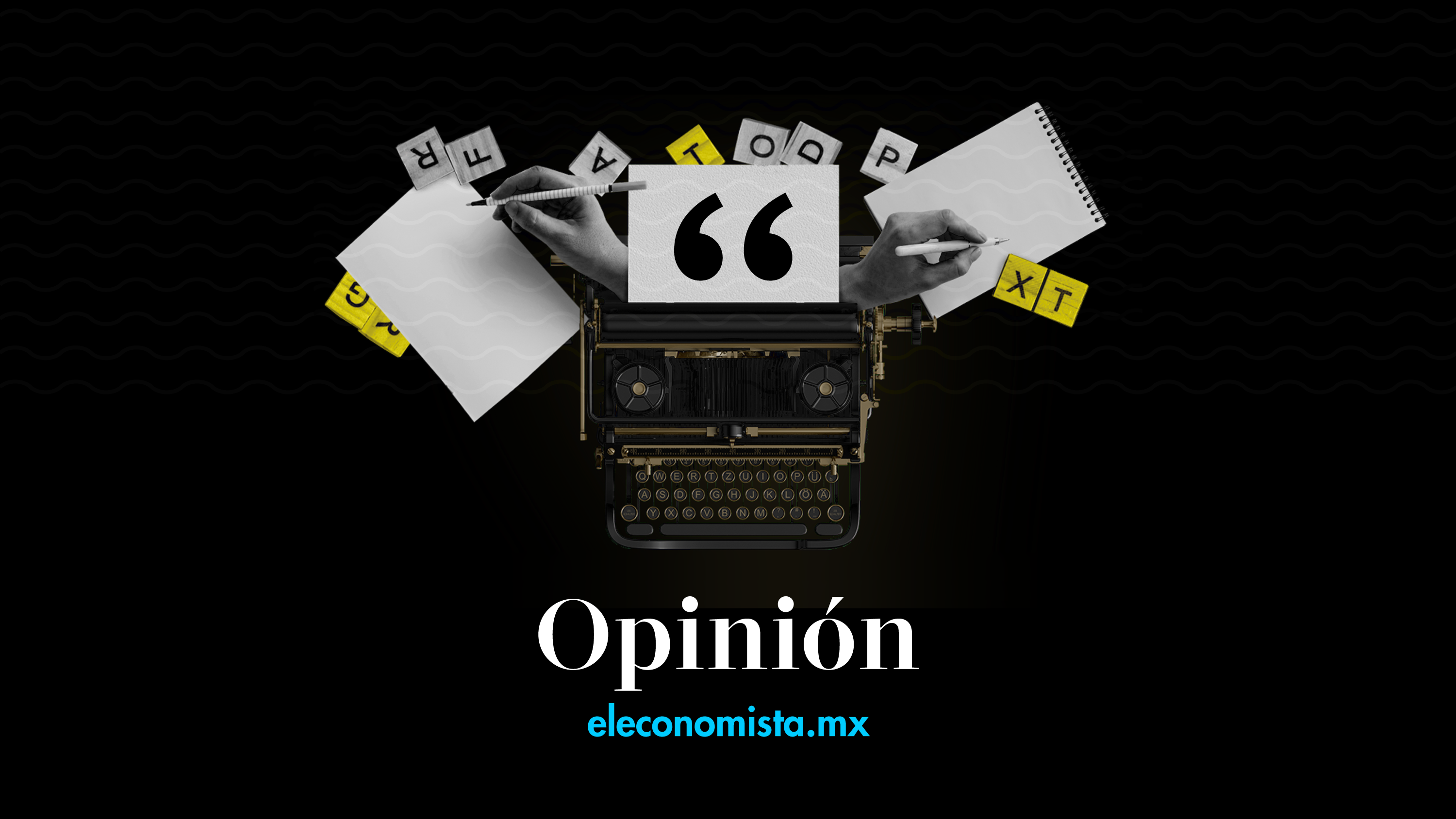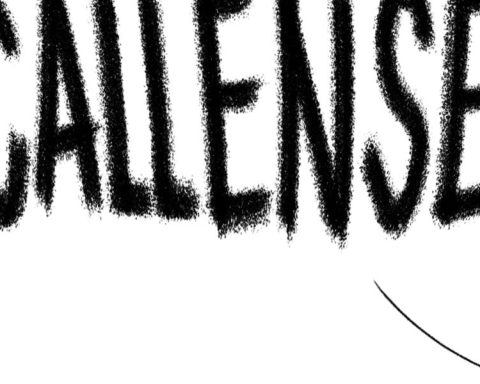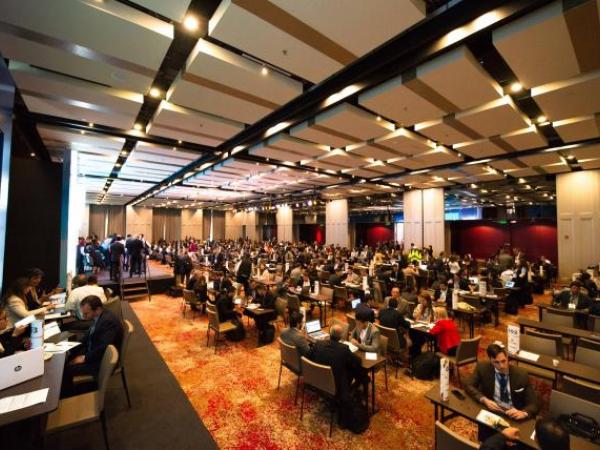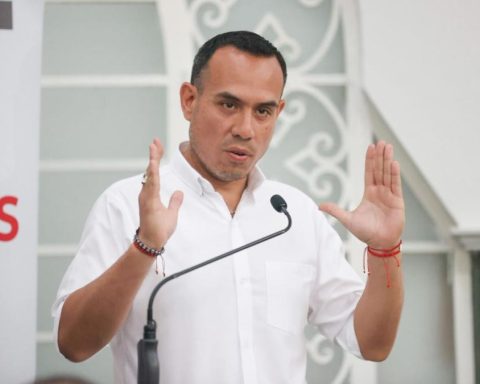There are three public surveys of expectations on macroeconomic variables in which analysts-specialists from the private sector participate: the one carried out by the Bank of Mexico (monthly, with about 40 participants), the IMEF survey (monthly with about 30) and that of CitiBanamex (fortnightly, with more than 30). Although they are a useful instrument for the market, businessmen and analysts, they have a bias in that only professional analysts participate. In the United States, for example, there are expectations surveys with samples of the population (households) such as the Michigan Survey of Consumers and the New York Fed Survey of Consumer Expectations. In addition, they allow to classify expectations by gender, income, education, geography, age and ethnic group.
By measuring public perception, these surveys allow inferences to be made that are more focused on consumption decisions, relative price formation, and investment. Also behind the surveys is the mechanism for forming expectations, a subject analyzed by these surveys. We still have a long way to go in Mexico to reach that level of sophisticated surveys.
32 institutions participated in the last fortnightly survey of CitiBanamex expectations. They all agreed that the movement of the Bank of Mexico last week would be 50 basis points. By the end of 2022, the forecasts result in a median inflation of 5.7% and a median reference interest rate of 7.75 percent. In both variables there is a great dispersion: in inflation, the maximum is 7.81% and the minimum 4.57%; and in the rate, the maximum is 8.50% and the minimum 7.25 percent.
Let us consider only two groups: one, the top of those who expect inflation to be greater than 6% and, two, those who forecast an interest rate equal to or greater than 8 percent. In the first, 15 forecasters are located, while the second is made up of 12 institutions. From the first group, eight forecasters are identified that are in both the interest rate top and the inflation top: Banorte, BNP Paribas, CitiBanamex, Finamex, HSBC, JP Morgan, Santander, and XP Investments.
Although it is a simplified assessment since the forecast models used by each one are not known, a contradiction emerges: they propose a strong monetary adjustment and yet forecast high inflation. Either they don’t believe in the ability of monetary policy to reduce inflation or there is an inconsistency in their models.
The remaining seven institutions in group one of the top interest rates are not in the top inflation: Barclays, BBVA, CIBanco, Oxford Economics, Scotiabank, Valmex and Vector. It would seem that this group has more consistent forecasts: the higher the monetary adjustment, the lower the inflation.
Finally, there are four left that are at the top for inflation, but are not at the top for interest rates: Actinver, Masari, Prognosis and UBS. They are also consistent forecasts, since the lower the reference rate, the higher the inflation.
Perhaps conclusive in dissecting these expectations is the well-known saying that we can ask economists to forecast anything… except the future.
Twitter: @frubli
Economist
IMEF Magazine
Economist graduated from ITAM. He has a Master’s degree and doctoral studies in monetary theory and policy, and international finance and trade. Columnist for The Economist. He has been an advisor to the Board of Governors of Banxico, Director of Institutional Liaison, Director of External Relations and Coordinator of the Governor’s Office, Manager of External Relations, Manager of Macrofinancial Analysis, Deputy Manager of Macroeconomic Analysis, Deputy Manager of International Economy and Analyst .
















